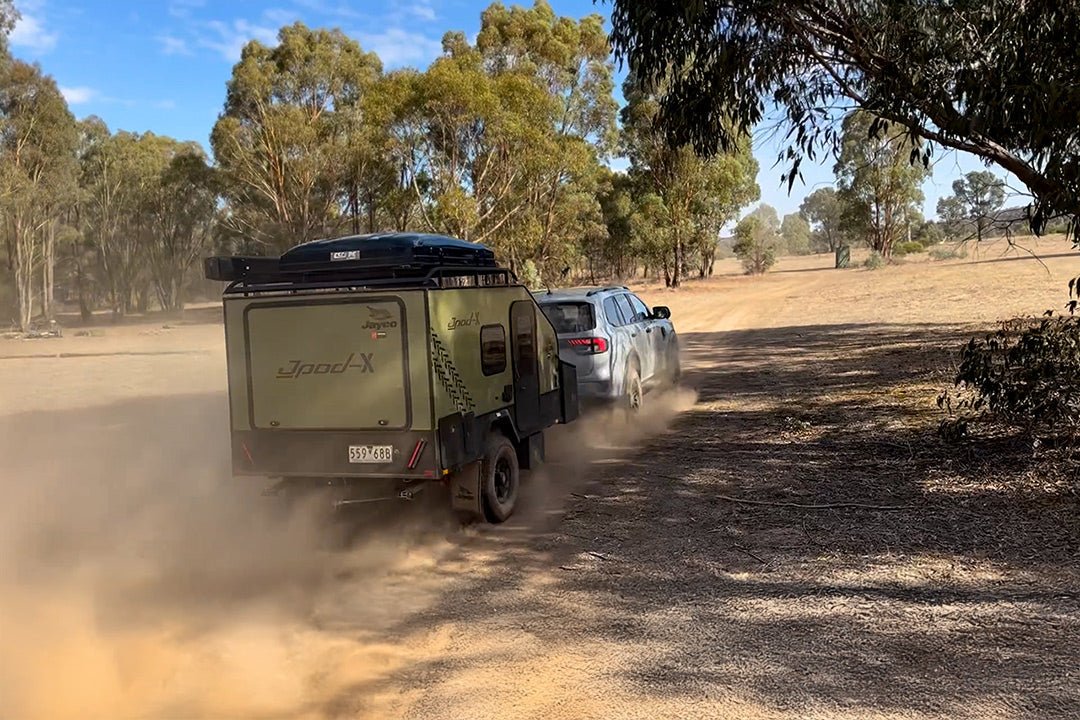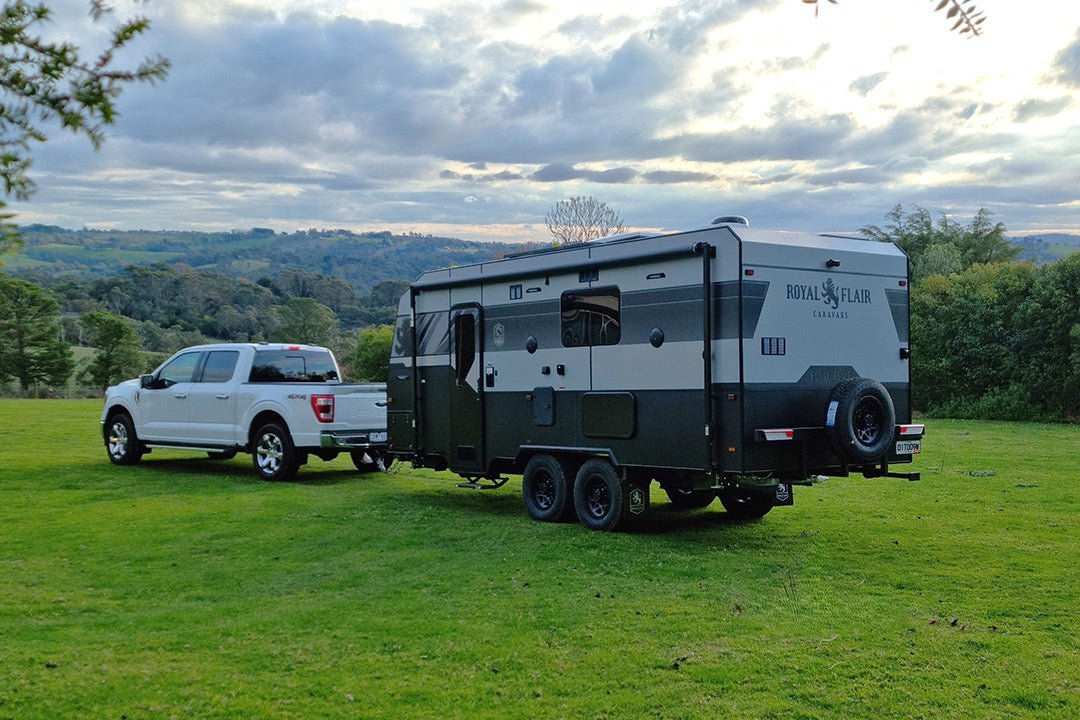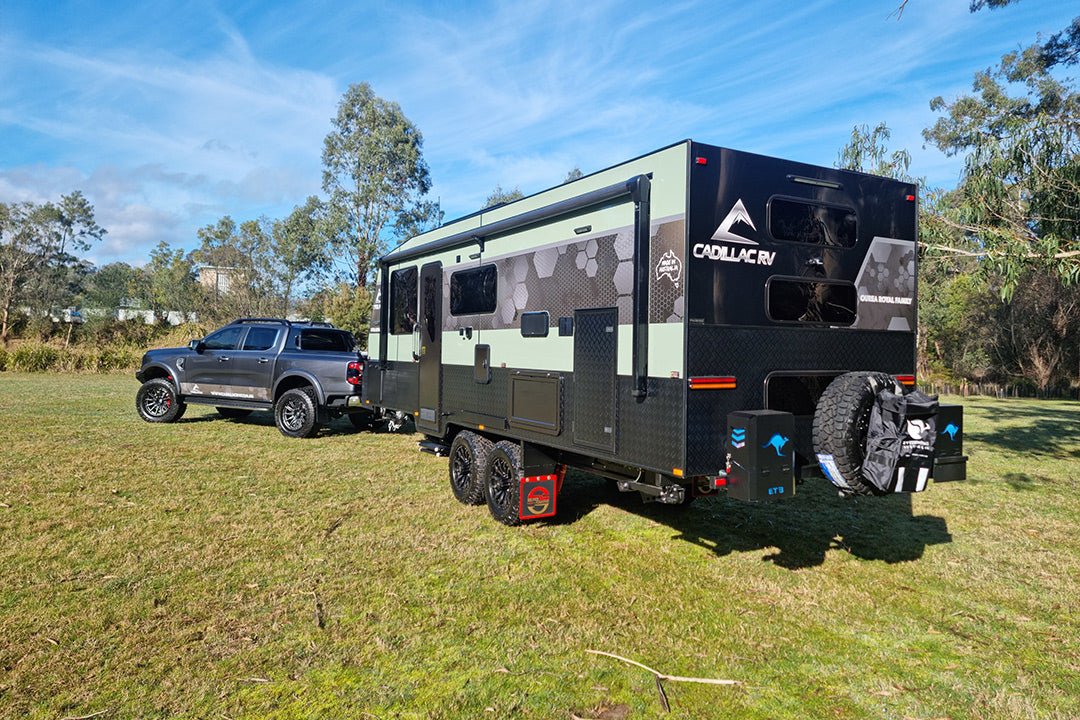Operation 200 part 6: Charged and locked
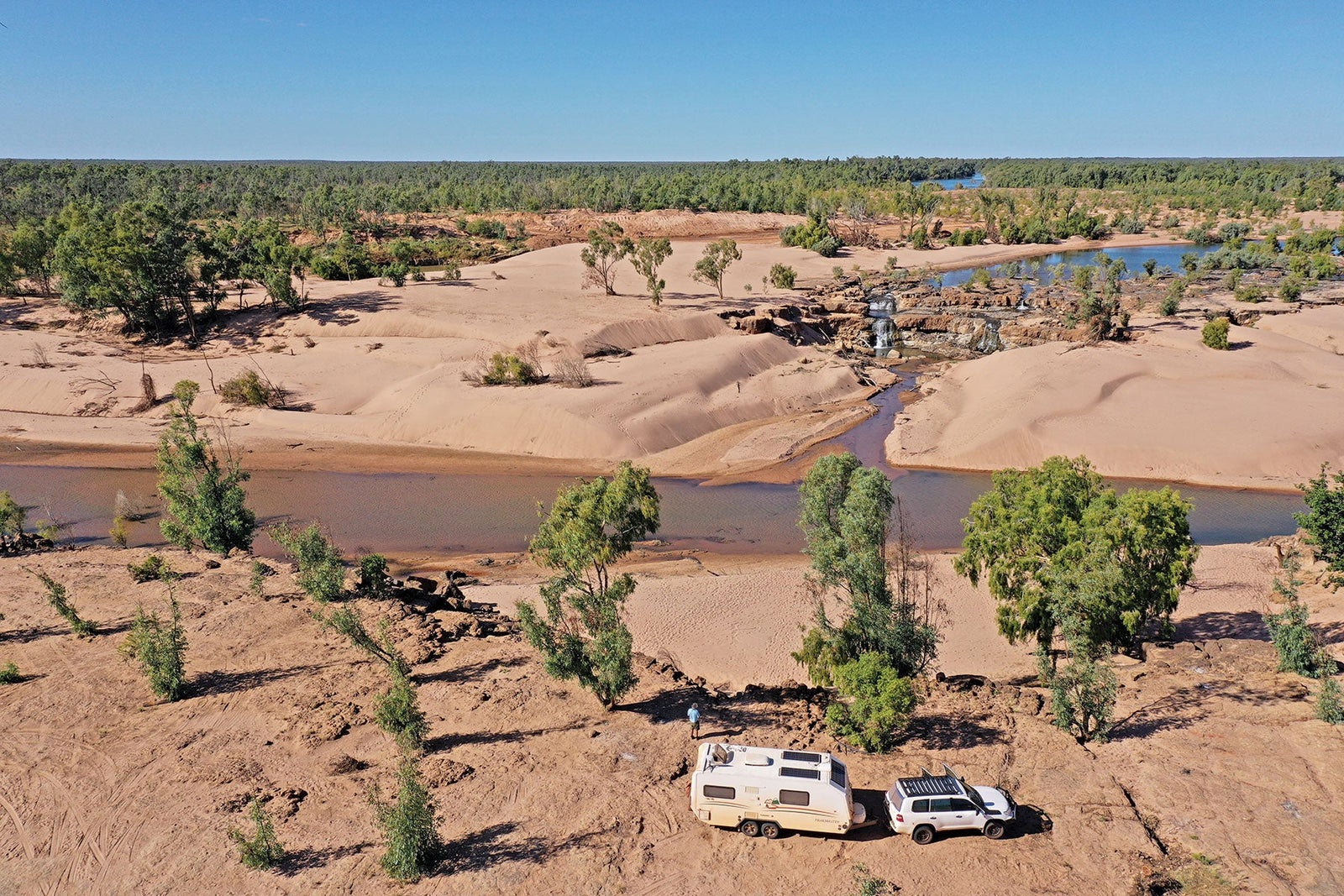
Those following our Operation 200 series will know we have been travelling around the country with our 200 Series LandCruiser towing a 3200kg offroad van.
Our motivation in taking on the project was to ensure the vehicle was safe, legal and practical. We started with a Tough Dog GVM upgrade that allowed us to install useful items like our MSA drawer system, a 60L myCOOLMAN freezer, Ironman bullbar and roof rack, Redarc battery and inverter and a set of Monster alloy wheels shod with Yokohama X-AT GO16 tyres and a bunch of vital accessories.
Locking it down
All the changes we’ve installed have made the Toyota a better travelling companion and allowed us to carry all the gear and food we needed for remote travel, but the extra weight comes at a price when you reach the bowser. And out in the middle of everywhere, we found diesel costs up to $3.40 a litre, and we were guzzling it down like a thirsty camel. Typical calculations were 25L/100km on many legs over unsealed roads. In windy conditions, we saw 28L/100km, which makes it hard to calculate fuel range over longer distances between pumps.
Under most conditions, we drive in S4, which is direct drive on the 200 Series. But it was rare for the box to lock into gear where revs dropped into a steady range.
The Lockup-mate®PLUS+
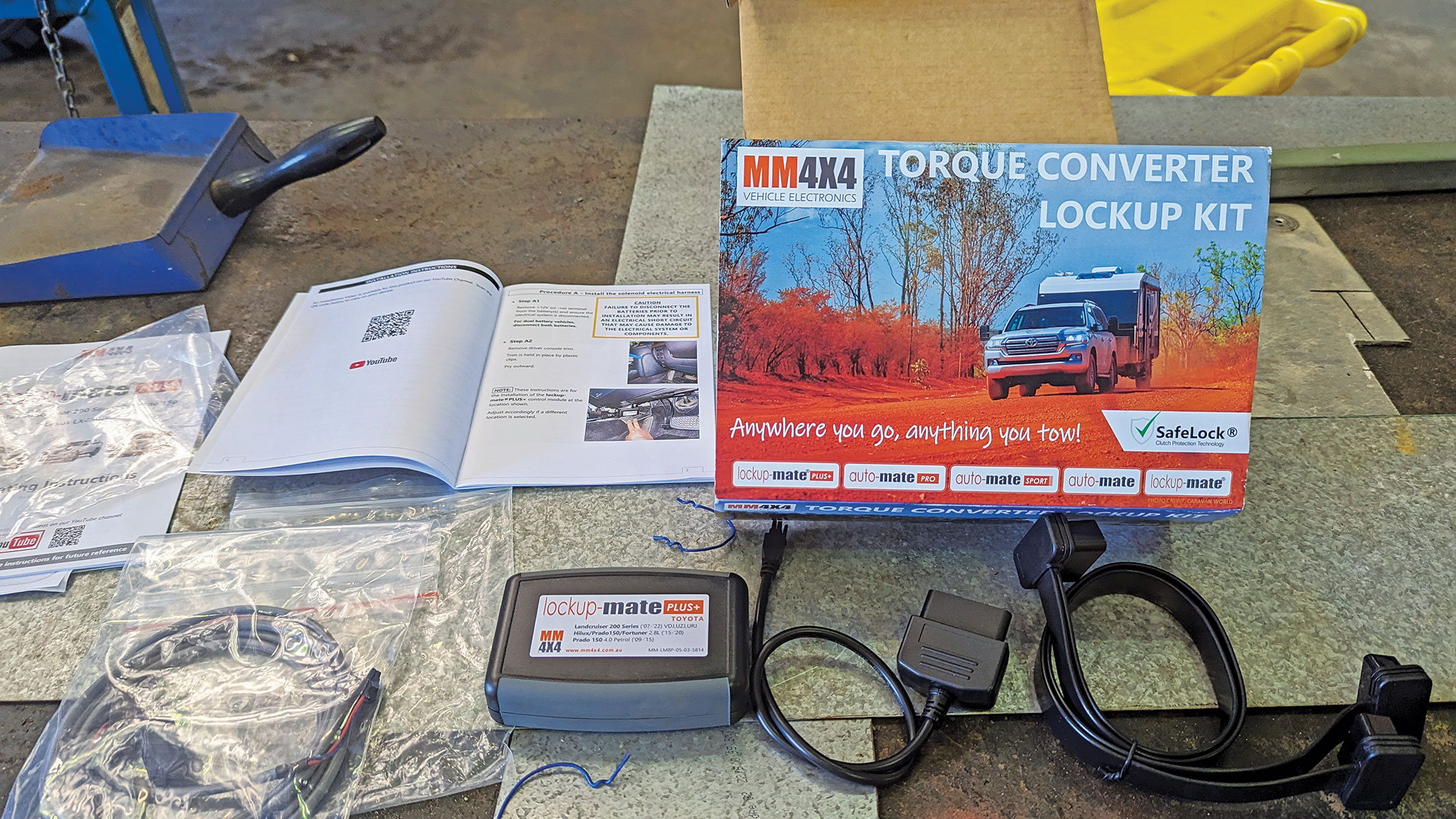
Thinking about the fuel use issue, I was reminded of a story we ran a year or so back about an Adelaide-based company with its lock-up kit for auto transmissions. Company founder Marshall Muller is an electronics and software engineer who, after a 30-year career in the defence research and defence industry, set out to solve just the issues around protecting the transmission from overheating and diesel consumption. He recognised that the standard auto transmission is optimised for average driving rather than towing or offroad use. Marshall and his family are practising offroad adventurers, and he developed an automatic lock-up solution for his own Pajero after overheating and destroying his transmission.
Marshall designed and trialled his auto lock-up solution across three variations before perfecting it for the Mitzi range, and he then moved on to his own LandCruiser 200. A man of my own heart. Realising he was onto something, he established the MM4X4 company to target Toyota and Mitsubishi owners.
An automatic transmission uses a torque converter or fluid coupling instead of the friction clutch in a manual gearbox. The pressurised fluid transfers power to the gears through pressure variations and input from the vehicle's main computer — the electronic control unit (ECU).
While the factory ECU is set for standard 200 features, the increased tyre size we have chosen plays games with the 200's ECU. Towing places extra stress on the gearbox and causes the torque converter clutch to slip, resulting in higher engine revs, increased fuel use and higher transmission fluid temperatures. Over time, prolonged excess temperature can result in fluid degradation and even transmission damage. This is why some mechanics recommend a larger transmission cooler when towing. The Lockup-mate®PLUS+ lock-up kit eliminates the need for a modified cooler. It works with the same electrical control signals and low slip criteria as the factory ECU for smooth operation and to minimise wear on the clutch.
Installing the kit
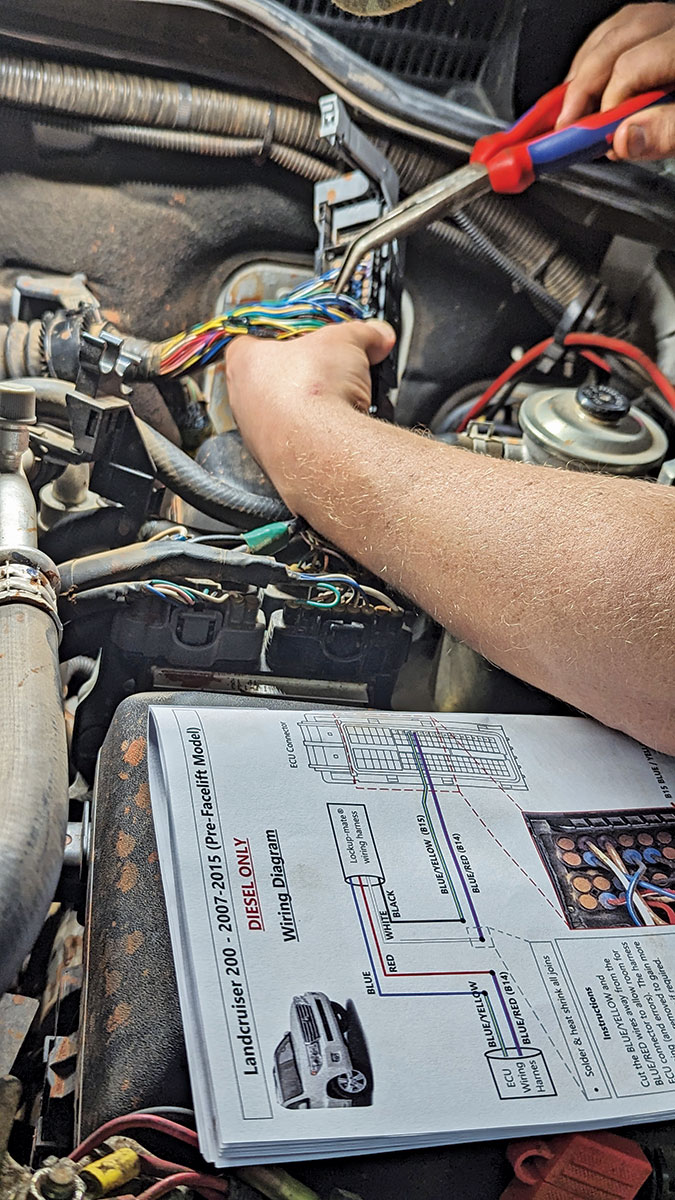
When I contacted Marshall about my fuel economy problem, he confirmed his experience towing a van with his 200 had saved around 10 per cent. It sounded good to me, so we arranged to ship a kit to our next destination during our travels in Darwin. Marshall suggested installation was a simple enough DIY prospect but offered to walk us through it if we got into strife. He also has comprehensive videos on YouTube that help.
The kit comprises a control module (about the size of an old flip phone), the LED switch and harness, OBD2 and CANbus cables and associated screws and cable ties. There's also a comprehensive instruction booklet and a splitter cable to plug in a scan tool like our Autophix 9630 and monitor the gauge as you drive while still connected to the MM4x4.
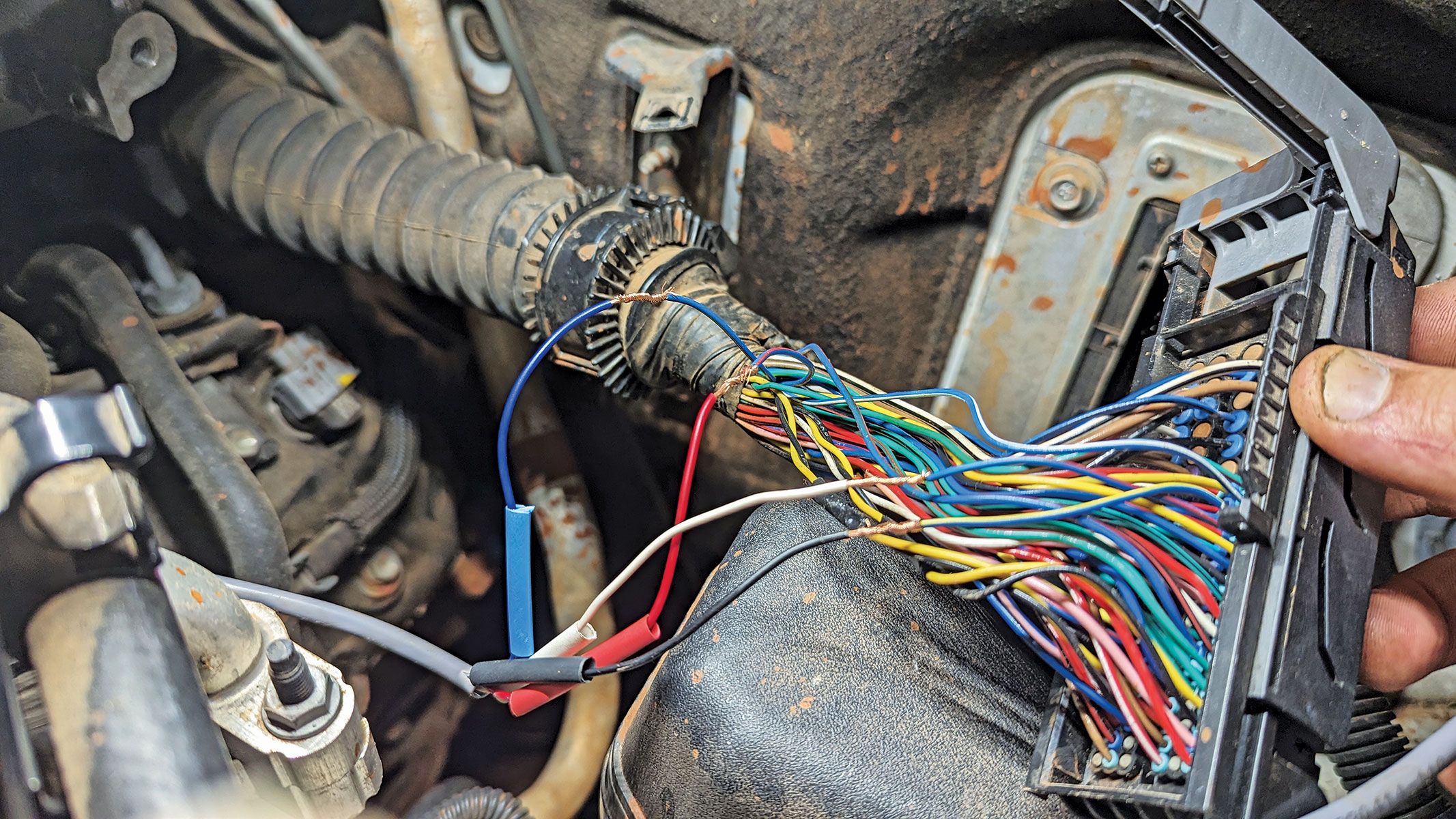
On reading through the manual, it was clear the lock-up kit's module splices into two wires of the 200's ECU harness, and to grab your attention, the instructions emphasise that getting the wiring wrong can damage the ECU. That would be expensive. With that in mind, I had a mate with strong electrical experience lend a hand to double-check our work as we went.
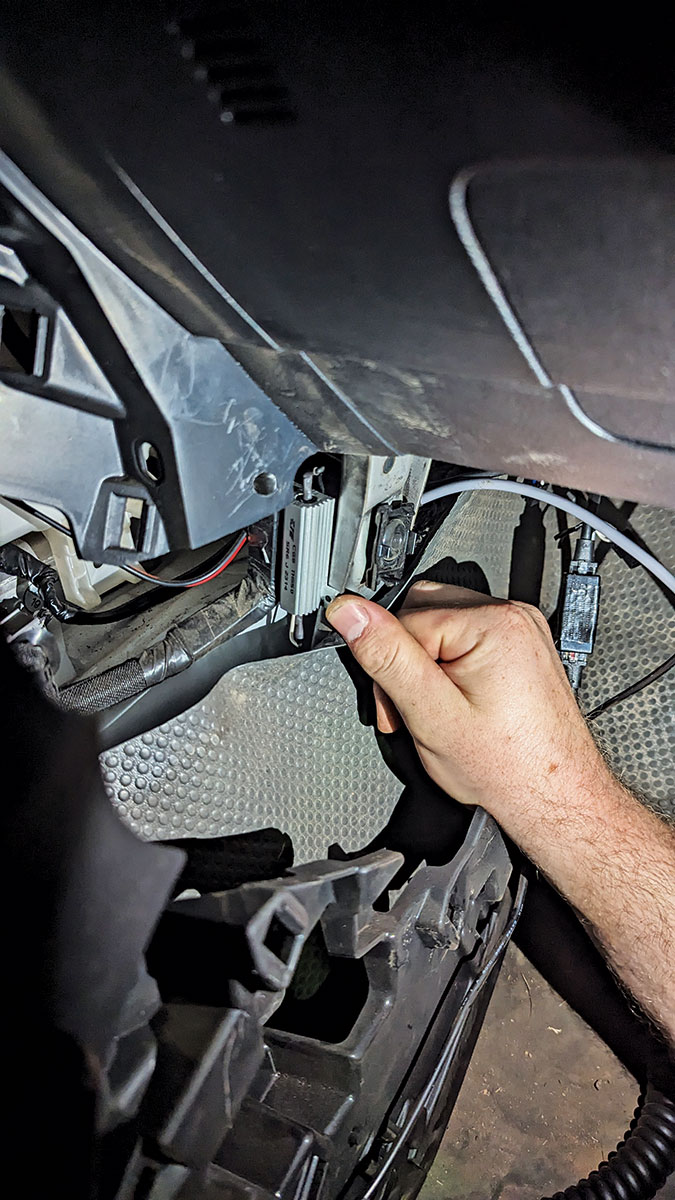
First up, we disconnected the vehicle batteries, fitted the module into the driver footwell, mounted a small load resistor onto the body in the footwell, routed the long cable from the controller through the firewall and spliced it into the ECU. The instructions here are very vehicle-specific, and we found the process easy to follow. Next, we ran the cable for the LED/switch to its location on the A-pillar, where it's in clear view and easy to reach when you need to turn it on or off. We then connected the CANbus cable via a splitter cable to the OBD2 port under the steering wheel. Finally, we plugged all the wires into the control module and reconnected the vehicle battery.
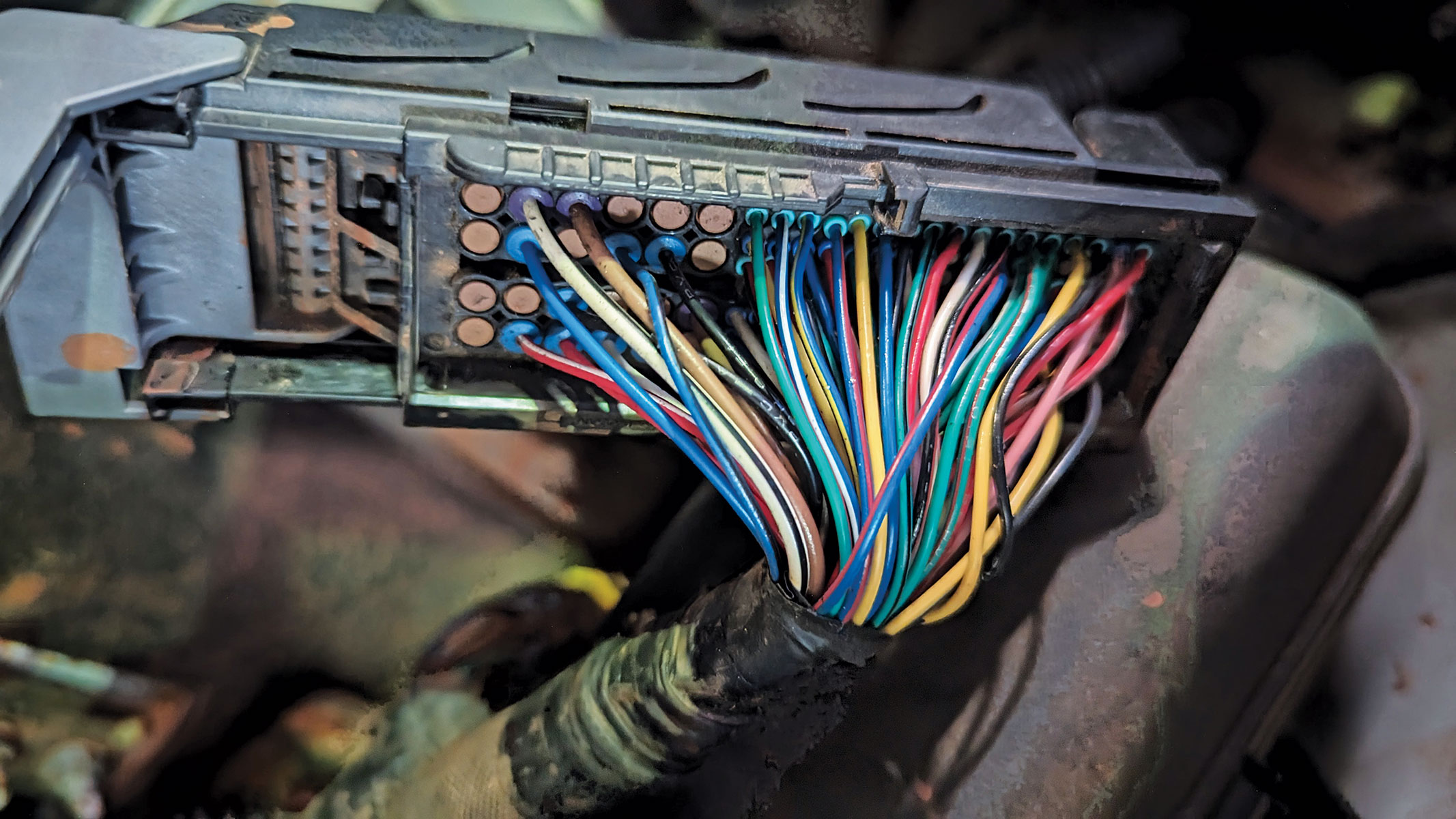
With the ignition on, you then run the Lockup-mate®PLUS+ through a self-diagnostics test on the instrument cluster. Here, it's possible to set different parameters into the system, but we chose to run with the standard setting.
A quick road test out onto the local 100km/h zone showed the system working perfectly. The gear changes were smooth, and we locked into the relevant gears in both Drive and Sport (S) mode without a hitch. Using the Sport mode is like driving with a manual gearbox. Changes are more direct and smoother and bring the benefits of better engine braking.

Putting it to the test
It wasn't until a week later that we hit the road south to Mataranka with the van in tow. The difference in the way the car drove was remarkable. MM4X4 recommends S4 or S5 if conditions are suitable, and once travelling at around 90km/h, we locked into fourth. Engine revolutions settled, and there was none of the rising and falling of revs with every slight incline. The car felt smooth and able to use its V8 torque properly. I felt more relaxed not seeing and hearing the engine speed changing continuously, and I'm sure the car breathed a sigh of relief too.
What impressed me most and what sets the kit apart was the set-and-forget, fully automatic operation of the MM4X4 kit. To my mind, towing a van can be hard work, so anything that eases the load is a good thing from a fatigue and safety perspective.
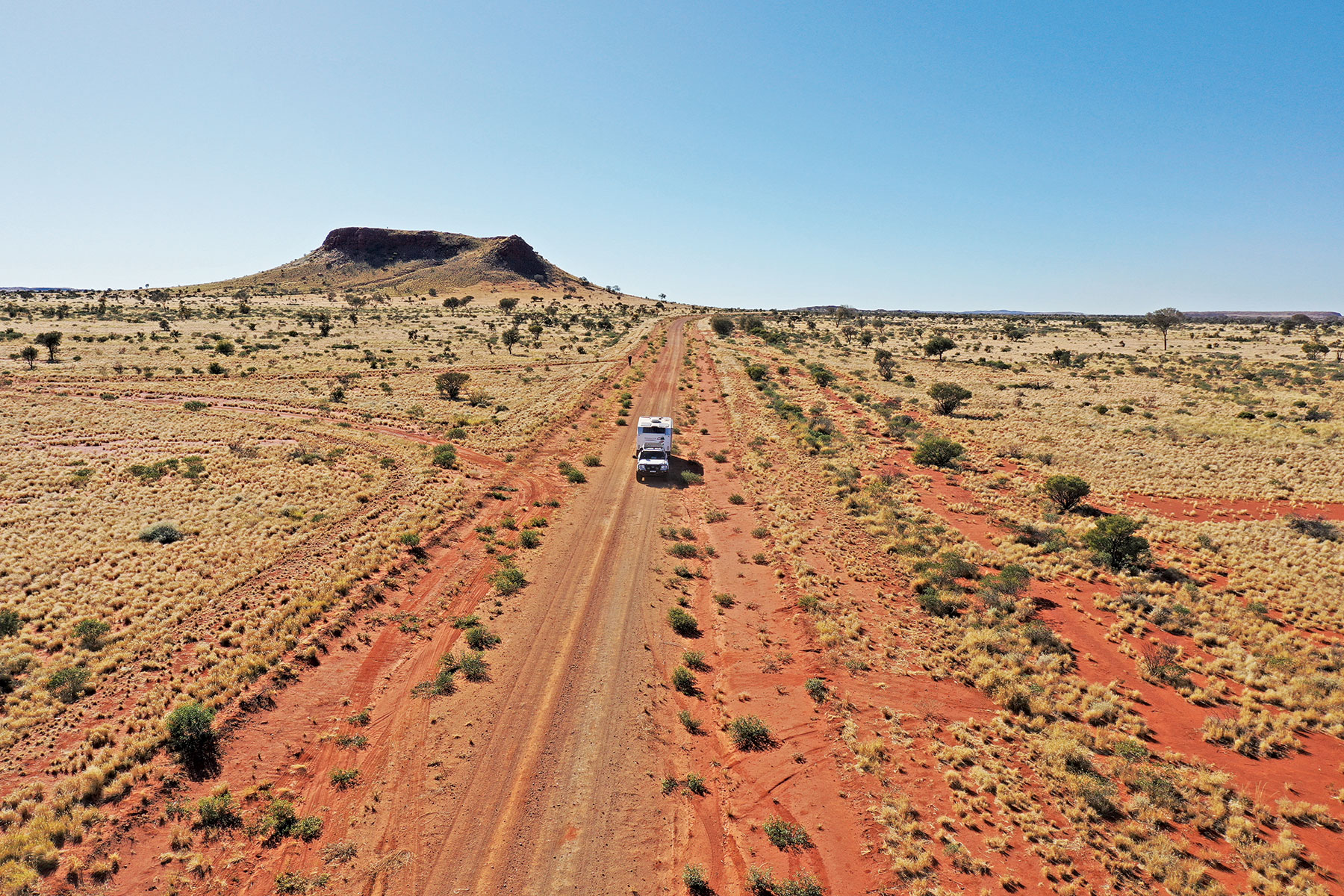
Fuel use to Mataranka improved to 23L/100km, the equivalent of 2L less. This improvement stayed constant for the rest of our trip, and the best we saw was on the motorway between Brisbane and Sydney, where we used 21L/100km at 100km/h for most of the journey. I'm happy with that, considering our setup.
In all, we have travelled 22,000km. At an average of 25L/100km, we would have used 5500L or $13,750. Saving 2L would bring the total fuel cost to $12,650, so the MM4X4 will pay for itself with change over the trip. And that doesn't count in the much more pleasant driving experience and less chance of problems with overheating. I'm giving the kit a 10 out of 10. It's great when the result exceeds the promise.
MM4X4 make lock-up kits for most Toyota and Mitsubishi offroaders, are available online . The Lockup-mate®PLUS+ for the 200 Series is $695. Discounts apply to veterans through APOD.
Start me up
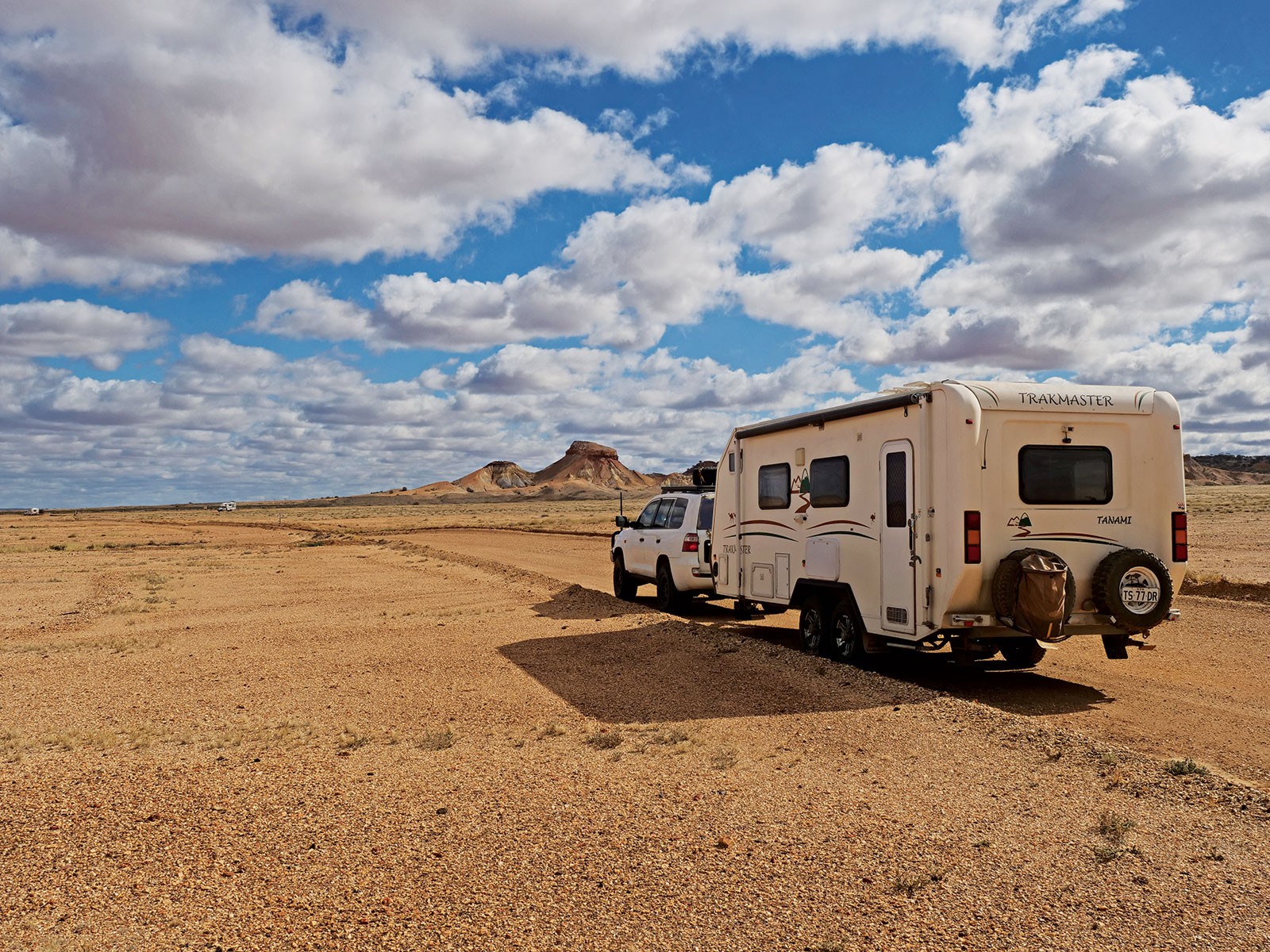
Have you ever had that sinking feeling when running late for an important event, and you jump in the car only to find that the battery is flat. Imagine that experience, miles from the nearest help, when you suddenly realise you have left the ignition on overnight, and the battery is dead. NRMA isn't coming to help, and the dingoes are already howling.
When the team at Projecta heard we were heading into the unknown on our journey with our new LandCruiser 200 Series, this was the exact dilemma they had in mind when they suggested we include one of their Lithium jump starters in our kit. The Intelli-Start 12V Lithium IS1400 Jump Starter unit is not only a reputation saver when stuck with flat batteries but also a portable power bank to charge your devices through a 3A USB socket.

The IS1400 is designed explicitly as a Lithium Iron Phosphate (LiFePO4) cranking battery purpose-built for jump-starting. They are safer than cheaper Lithium Cobalt types, offer more starts per charge and have an operational life of 2000 cycles. The unit is suitable for most 12V vehicles up to 7L petrol or 5L diesel with a maximum of 500A at the clamps.
Built-in technology allows the battery to rapidly recharge from the vehicle's alternator after a successful jump-start. Leaving the clamps connected to the vehicle's battery for around 40 seconds will restore the jump starter to its original charge where the Rapid Recharge will stop overcharging.
The unit is small enough at 7cm x 22cm x 16cm for easy storage. Weight is 1.7kg, and the unit stores in a tough EVA moulded case.

A colour display shows battery charge and instructions for operating the starter, and a built-in torch is handy for night use. Reverse polarity protection means no sparking from accidental incorrect connection, but an alarm warns you to connect it correctly. Similarly, if connected to a battery over 14.6V an alarm will sound, and the jump starter will deactivate. Surge protection lets you safely jump-start vehicles with electronic fuel injection and computer management systems.
We have used the IS1400 to charge phones and a GPS tracker. I also helped someone with a flat battery on an aging Mazda Bravo diesel. We had him running on our first attempt. We haven’t experienced a flat battery on the 200 since we had the unit, so I had to test the starting ability by disconnecting the batteries and staging a jump-start. I hooked the clamps to the passenger side battery leads and turned on the ignition. The engine turned over and started after a couple of cranks. It wasn't immediate like with the two house batteries, but the engine was alive. I repeated the test three times, and the car started each time.
The Projecta IS1400 is a valuable accessory for travel, especially if you are travelling to remote locations. Not only will it save you with a flat battery, but it’s also a great way to keep devices charged without compromising other essential power sources. At $550 RRP, it's cheap insurance against being stuck in the bush, and because it is made to Projecta's stringent quality, you know it will work when you need it.
More information can be found on Projecta’s website.
Home improvements
As well as the significant improvements, we have added a few accessories that have made a difference.
A step up

The main addition is a set of second-hand side steps from a GXL. Our basic GX model doesn't have steps, which would be okay in standard trim. However, the extra ride height courtesy of the new suspension and bigger tyres make it harder for some passengers to climb aboard.
Happily, we found a set of alloy side steps online that added only a few kilos in weight and were light on the pocket at $50. The condition was nearly new, and as well as being practical, they added some visual appeal to the fairly plain look of the white car.
Stone the crows
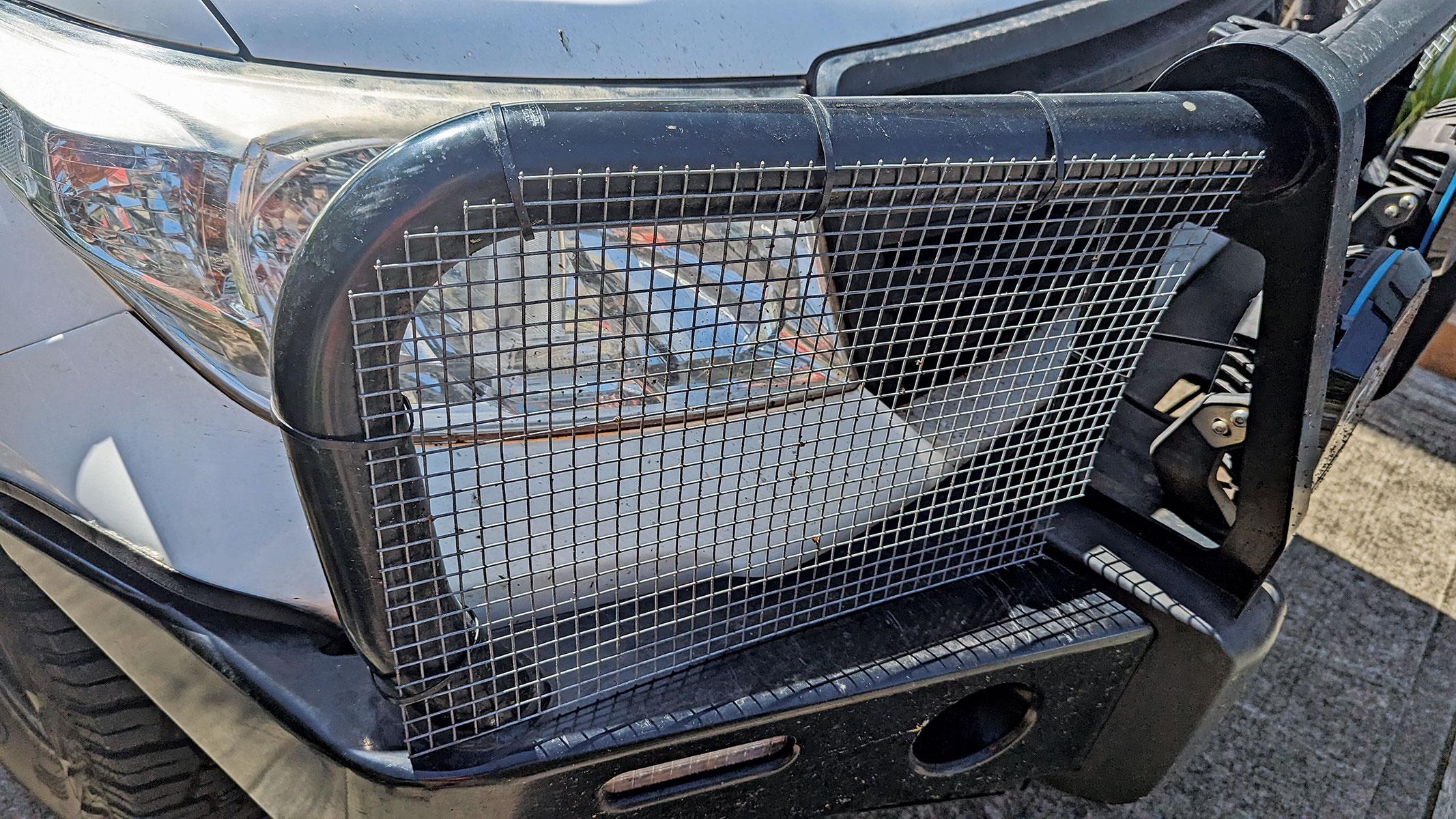
Not everyone loves the look of our mesh headlight guards, but after copping two cracks in the windscreen early in the trip from passing cars on gravel roads, I was worried about damage to the headlights. They are costly to replace and, unlike the windscreen, don't come with a no-excess insurance claim.
We cut a sheet of 15mm mesh wire into shapes and cable-tied them to the bullbar for protection. They don't look that elegant, it's true, and I won't need them until we head bush again, so they may be temporary.
Don’t let me down
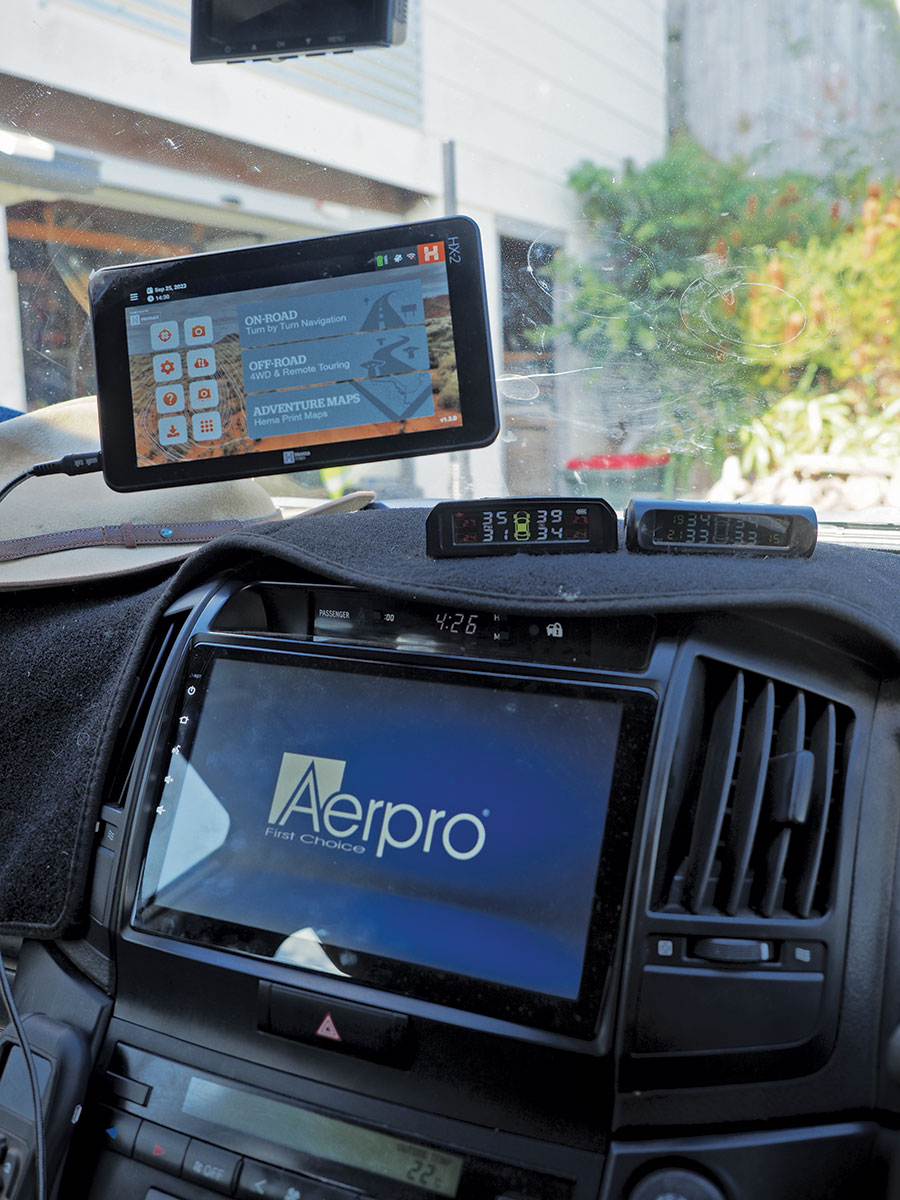
Continuing the cheap and cheerful theme are some no-name tyre pressure monitors from Temu. These solar-powered monitors give readings of four tyres each, so we have one for the van and another for the car sitting on the dash. They are reasonably accurate, and I notice each tyre increases pressure by around 5psi once we move for half an hour or so. The tyres on the sunny side have higher readings. Initially, I worried that they protruded too far outside the wheel's protection, but they survived the trip intact. The value of these monitors showed one morning when one alarm sounded for a caravan wheel, and it showed a slow leak from a small screw imbedded in the tread. We were able to plug the hole without removing the wheel.
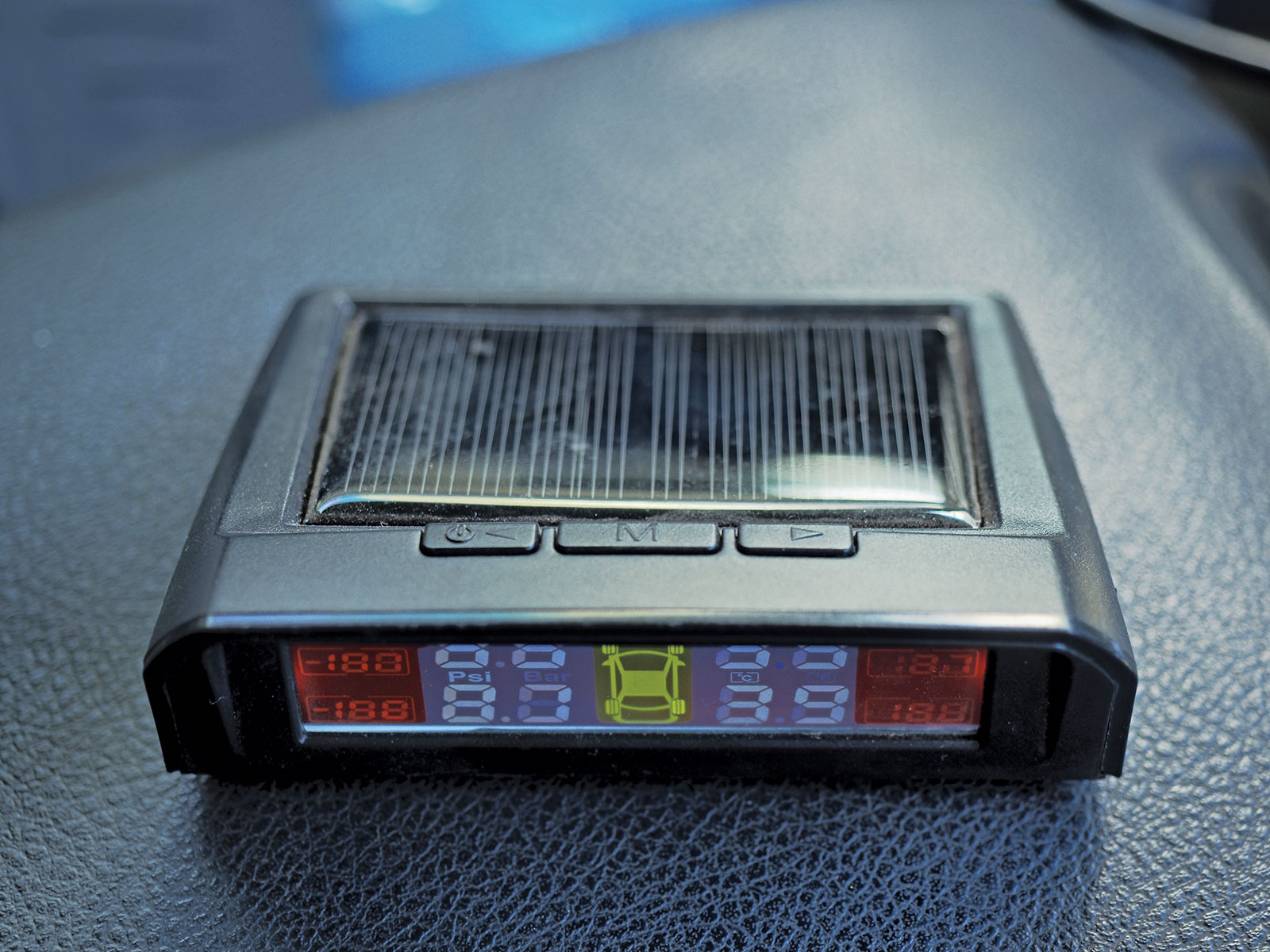
THE NEXT STEP
Are you ready to experience the freedom of the open road? Don't wait - Find your dream getaway now!
If you haven't already, check out the previous articles in John Ford's 200 Series:
Operation 200 Part 1: Legal and loud
Operation 200 Part 2: Safer towing and better storage
Operation 200 Part 3: Ironman 4x4, Redarc and Uniden





